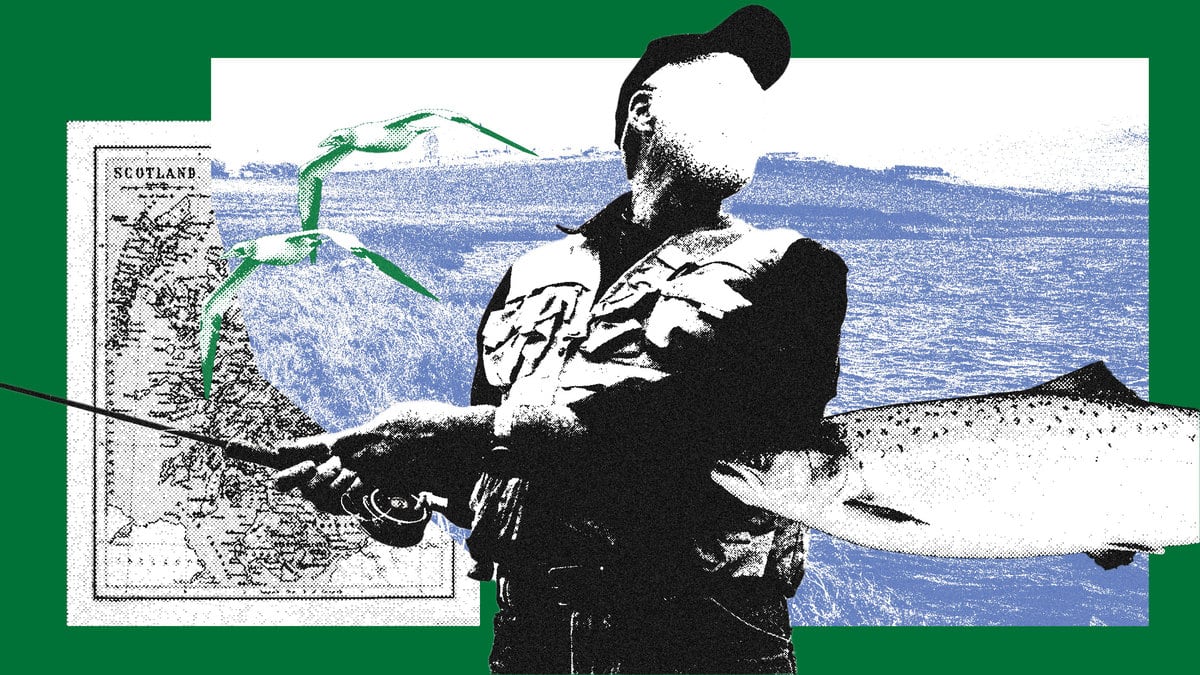Travel
Photo Illustrations by Luis G. Rendon/The Daily Beast/Getty
Sometimes Freedom Can Be Found in Surprising Places
EXCERPT
Anglers often struggle to gain access to some of the best fishing spots, but now they’re finding them in places long abandoned.

Trending Now





